By A Mystery Man Writer
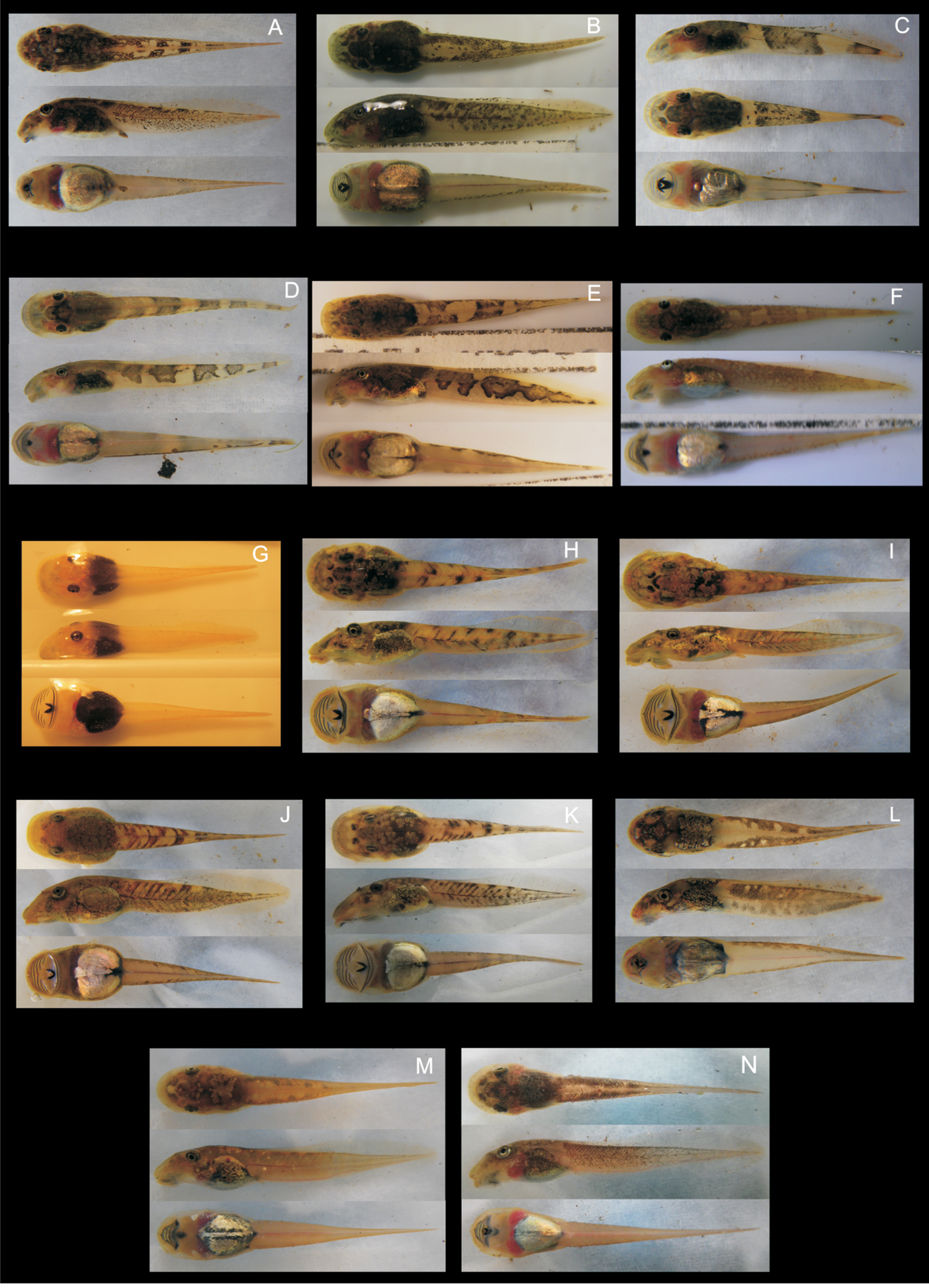
This study provides detailed morphological descriptions of previously unknown tadpoles of the treefrog genus Boophis Tschudi and analyses of habitat preferences of several of these tadpoles in Ranomafana National Park. A total of twenty-two tadpoles determined via DNA barcoding are characterized morphologically herein, fourteen of them for the first time. Twelve of these tadpoles belong to taxonomically undescribed candidate species which in several cases are so far only known from their larval stages. Our data show that the larvae of some of these candidate species occur syntopically yet maintaining a clearly correlated genetic and morphological identity, suggesting that they indeed are true biological and evolutionary species. Tadpoles considered to belong to the “adherent” ecomorphological guild inhabit fast-running waters and their oral disc is commonly to continuously attached to the rocky substrate, supposedly to keep their position in the water current. Some of these species are characterized by the presence of a dorsal gap of papillae and the absence of an upper jaw sheath. This guild includes the tadpoles of the B. albipuncatus group (B. ankaratra, B. schuboeae, B. albipunctatus, B. sibilans, B. luciae), and of the B. mandraka group (B. sambirano and six candidate species related to this species and to B. mandraka). Tadpoles considered belonging to the “suctorial” guild inhabit fast-running waters where they use frequently their oral disc to attach to the substrate. They have an enlarged oral disc without any dorsal gap, including two nominal species (B. marojezensis, B. vittatus), and five candidate species related to B. marojezensis. An ecological analysis of the tadpoles of B. luciae, B. schuboeae and B. marojezensis [Ca51 JQ518198] from Ranomafana National Park did not provide evidence for a clear preference of these tadpoles to the fast flowing microhabitat sections of the stream, although the tadpoles discussed in this study are typically caught in this habitat.
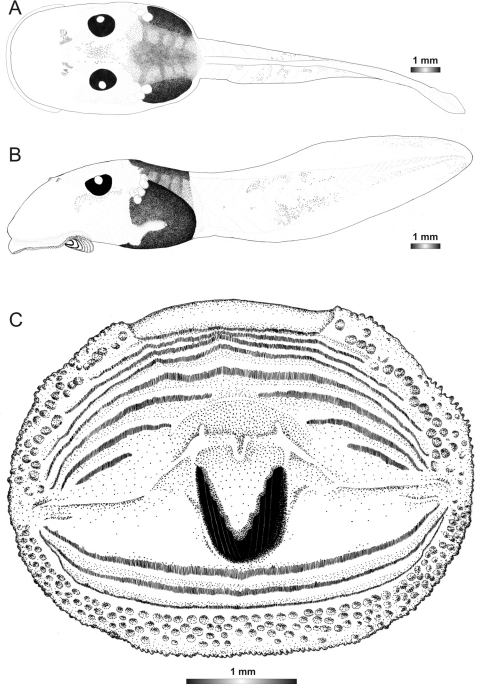
Drawings of the preserved DNA voucher tadpole of Boophi

The anatomy and structural connectivity of the abdominal sucker in
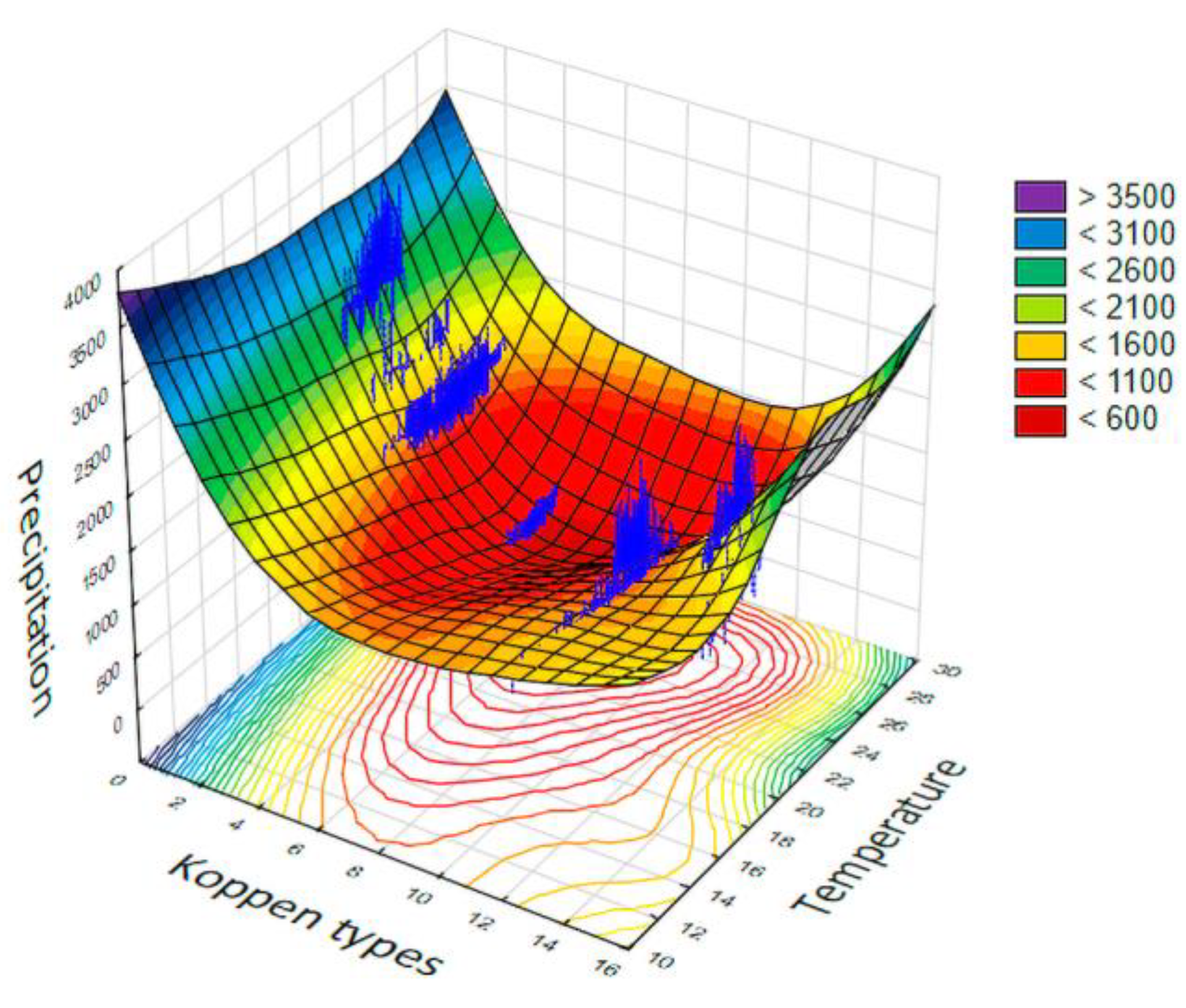
Ecologies, Free Full-Text

Figure 20 from Diversity, external morphology and 'reverse

Partitioning of morphospace in larval and adult reed frogs (Anura: Hyperoliidae: Hyperolius) of the Central African Albertine Rift - ScienceDirect

Photographs in life of strongly rheophilous Boophis tadpoles: A
Opposing Patterns of Seasonal Change in Functional and
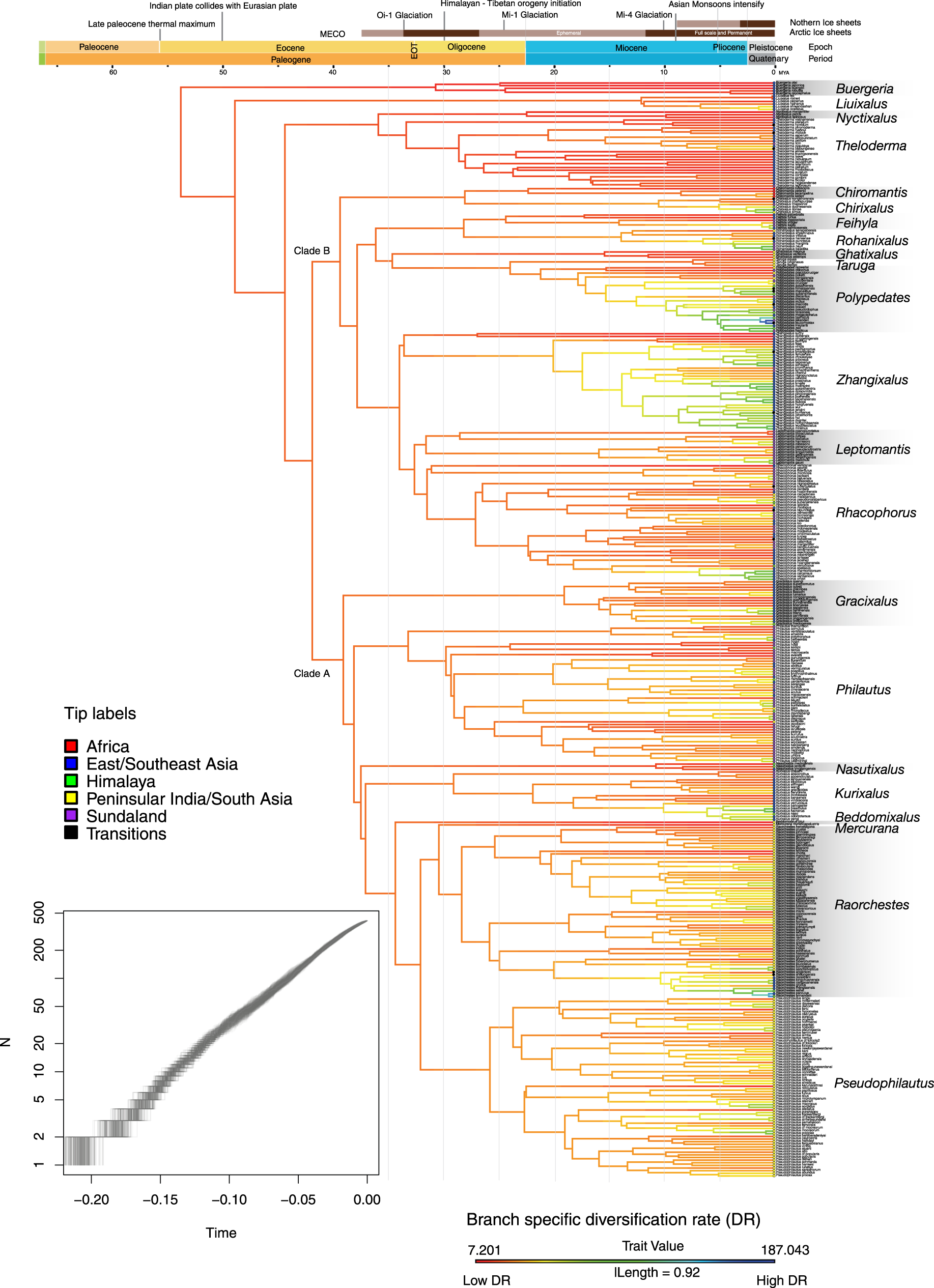
The role of climate and islands in species diversification and reproductive-mode evolution of Old World tree frogs

Drawings of the preserved DNA voucher tadpole of Spinomantis
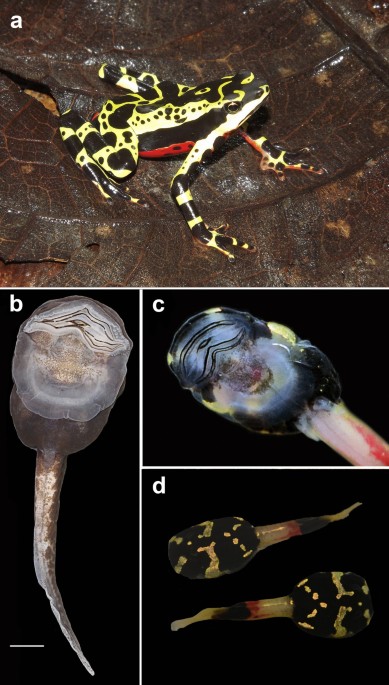
Harlequin frog tadpoles—comparative buccopharyngeal morphology in the gastromyzophorous tadpoles of the genus Atelopus (Amphibia, Anura, Bufonidae), with discussion on the phylogenetic and evolutionary implication of characters
Diversity, external morphology and 'reverse taxonomy' in the

PDF] Assessing the diversity of phytotelmic frogs along

Figure 20 from Diversity, external morphology and 'reverse

Figure 20 from Diversity, external morphology and 'reverse